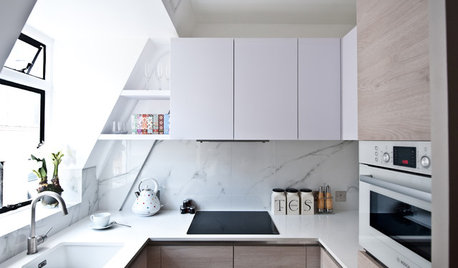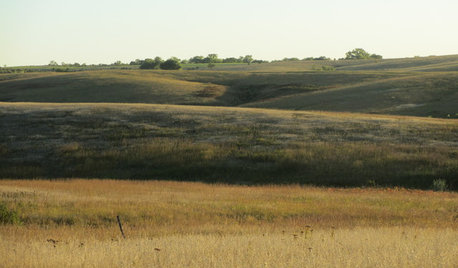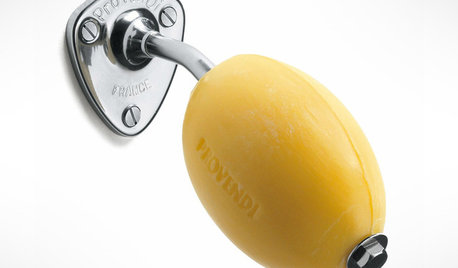Wow, homemade vinegar. Curl your toes!
denninmi
12 years ago
Featured Answer
Comments (33)
dgkritch
12 years agolast modified: 9 years agodenninmi
12 years agolast modified: 9 years agoRelated Professionals
Wrentham Landscape Architects & Landscape Designers · Allentown Landscape Architects & Landscape Designers · Clemson Landscape Architects & Landscape Designers · Garden City Landscape Architects & Landscape Designers · Edmond Landscape Contractors · Battle Ground Landscape Contractors · Brockton Landscape Contractors · Fort Myers Landscape Contractors · Hollywood Landscape Contractors · North Potomac Landscape Contractors · River Ridge Landscape Contractors · Cincinnati Roofing & Gutters · Sarasota Roofing & Gutters · Lake Forest Driveway Installation & Maintenance · Skokie Driveway Installation & Maintenancedavid52 Zone 6
12 years agolast modified: 9 years agotracydr
12 years agolast modified: 9 years agotracydr
12 years agolast modified: 9 years agoerin_nc
12 years agolast modified: 9 years agoJXBrown (Sunset 24, N San Diego County)
12 years agolast modified: 9 years agodgkritch
12 years agolast modified: 9 years agogardendawgie
12 years agolast modified: 9 years agodenninmi
12 years agolast modified: 9 years agochickenwhisperer
12 years agolast modified: 9 years agogardencraze
12 years agolast modified: 9 years agochickenwhisperer
12 years agolast modified: 9 years agohappyday
12 years agolast modified: 9 years agodgkritch
12 years agolast modified: 9 years agochickenwhisperer
12 years agolast modified: 9 years agosautesmom Sacramento
12 years agolast modified: 9 years agochickenwhisperer
12 years agolast modified: 9 years agojimster
12 years agolast modified: 9 years agohappyday
12 years agolast modified: 9 years agodgkritch
12 years agolast modified: 9 years agohappyday
12 years agolast modified: 9 years agochickenwhisperer
12 years agolast modified: 9 years agohappyday
12 years agolast modified: 9 years agochickenwhisperer
12 years agolast modified: 9 years agohappyday
12 years agolast modified: 9 years agochickenwhisperer
12 years agolast modified: 9 years agojmacdowall
12 years agolast modified: 9 years agosfisher
10 years agolast modified: 9 years agoseysonn
10 years agolast modified: 9 years agoToulouseLePlot
10 years agolast modified: 9 years agoToulouseLePlot
10 years agolast modified: 9 years ago
Related Stories

HOLIDAYSHow to Have a Just-Simple-Enough Holiday
Make this the year you say no to holiday stress and yes to joy and meaning
Full Story
DREAM SPACESMy Houzz: Winging It in a Scottish Castle
Bold decor mixes with turrets and open fires to create a home that’s grand yet welcoming
Full Story
HOUSEKEEPINGHow to Clean Hardwood Floors
Gleaming wood floors are a thing of beauty. Find out how to keep them that way
Full Story
BEDROOMS11 Reasons to Love White Bedding
For easy bedding that makes neutrals sing and accessories pop, look to the white side
Full Story
HOLIDAYSSurviving the Christmas Countdown: A Parent's Guide
Make things easier on yourself, for heaven's sake — and for the sake of truly enjoying the holiday with your family
Full Story
HOUSEKEEPINGHow to Clean Your Fridge, Inside and Out
Keep your refrigerator clean and fresh, while you gain storage space and lose those ‘UFOs’
Full Story
THE HARDWORKING HOMESmart Ways to Make the Most of a Compact Kitchen
Minimal square footage is no barrier to fulfilling your culinary dreams. These tips will help you squeeze the most out of your space
Full Story
FEEL-GOOD HOMESimple Pleasures: Get Cozy on a Cold Day
Some things are best when the weather is bad. Heat up some cocoa and join the discussion
Full Story
GARDENING GUIDESHow to Get Your Prairie On
Have a field day with your landscape, even if you've got just a few modern containers on a paved path
Full Story
BATHROOM VANITIESBetter Places to Stash That Soap
Banish gloppy bars and flimsy pumps, and the only things you’ll need to clean are your hands
Full Story






JXBrown (Sunset 24, N San Diego County)